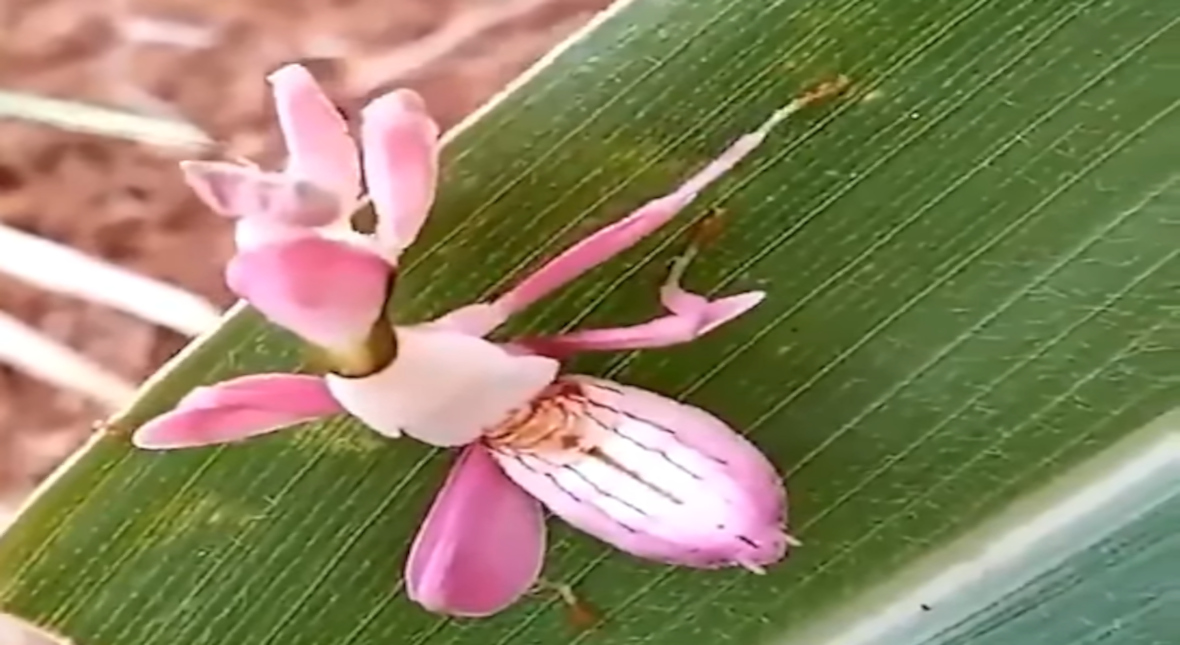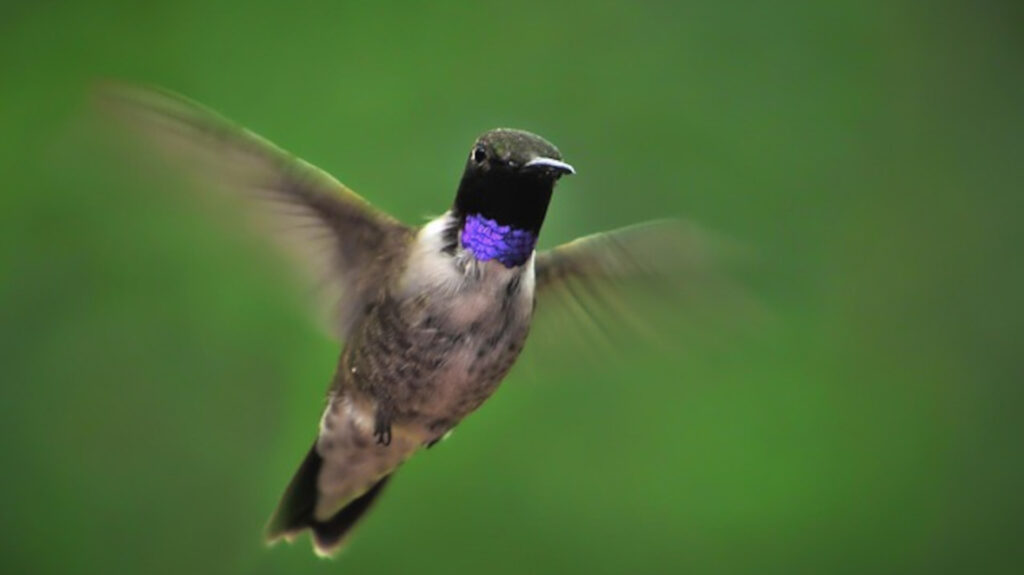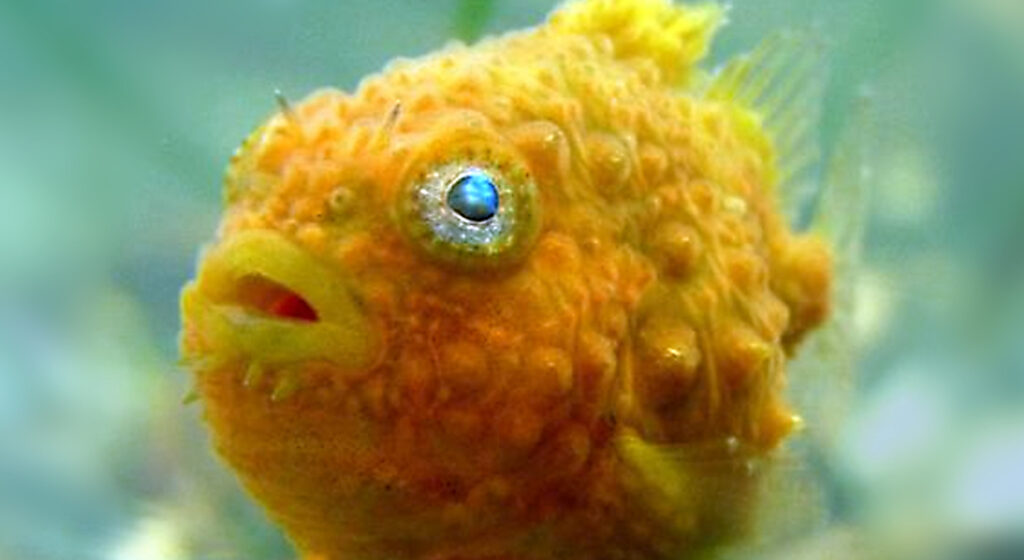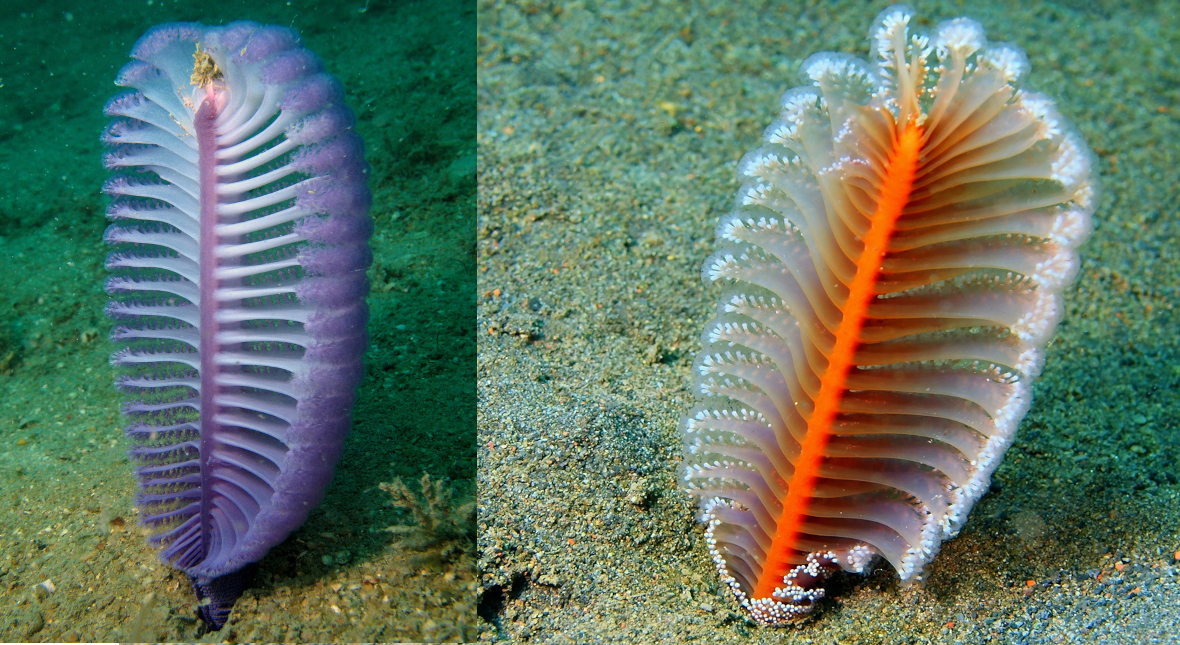Now Reading: The Orchid Mantis: Nature’s Floral Illusionist
-
01
The Orchid Mantis: Nature’s Floral Illusionist
The Orchid Mantis: Nature’s Floral Illusionist

At first glance, you might think you’re admiring a delicate pink orchid swaying gently in the breeze. But look again—this beautiful “flower” might just be one of nature’s most remarkable masters of disguise: the orchid mantis.
A Bloom with a Bite
The orchid mantis (Hymenopus coronatus) is a stunning insect native to the rainforests of Southeast Asia, particularly Malaysia and Indonesia. With petal-like legs and a soft palette of pinks, whites, and purples, it doesn’t just blend in with flowers—it becomes the flower. This mantis doesn’t hide among the blossoms; it is the blossom.
This clever camouflage isn’t just for show—it’s for survival and strategy. While predators may overlook it, prey like butterflies, bees, and flies are drawn to what they think is a sweet nectar-filled bloom. By the time they realize their mistake, it’s already too late.
How the Illusion Works
What makes the orchid mantis so impressive is that it doesn’t mimic just any flower—it resembles several orchid species that share its rainforest habitat. Its ruffled limbs and vibrant coloring are an almost perfect match for petals, and it even sways gently as if moved by a breeze, adding to the illusion.
Interestingly, studies have shown that the orchid mantis doesn’t just rely on looking like a flower—it outperforms real flowers in attracting pollinators. This means that in some cases, insects are more likely to approach the mantis than an actual bloom , possibly because their structure and UV reflectivity appear more vivid to insect vision.
When prey gets close enough, the mantis strikes with lightning speed, grabbing it with its raptorial forelegs and delivering a swift bite.
Life Cycle & Behavior
Orchid mantises begin life as tiny, ant-like nymphs, dark in color and already clever in their mimicry. As they grow, they molt and gradually develop their characteristic floral appearance. Adult females are significantly larger than males and are the more skilled predators, often staying motionless for hours, waiting for the perfect moment to strike.
Males, while smaller and more agile, rely more on speed and flight to avoid threats. They’re also equipped with excellent vision to help them find females for mating—though they have to be careful. In the insect world, romance can be risky business, and sometimes ends in a post-date snack.
So next time you see a flower that seems too perfect to be real, look a little closer. You might just be looking into the eyes of nature’s most elegant illusionist.
Keeping One as a Pet?
It’s no surprise that the orchid mantis is a favorite among exotic pet enthusiasts. They’re mesmerizing to watch and relatively easy to care for—if you’re experienced with mantids. They require warm, humid environments and a steady diet of live insects. But beware: these bugs are delicate and best appreciated from afar.
Fun Facts
UV Superpower: Insects like bees see in UV light. The orchid mantis reflects UV light in a way that makes it look more attractive than real flowers.
False Advertising: The mantis doesn’t pollinate but gets pollinators to come close—only to capture and eat them.
Petal Power: Its legs sway gently like flower petals in the wind, adding to the illusion of being a blossom.
Rare in the Wild: Despite growing popularity in the pet trade, seeing one in the wild is rare due to their effective camouflage and elusive nature.
Orchid Mantis as Pets
Keeping an orchid mantis is a rewarding experience for enthusiasts but requires specific care:
Temperature: 75–85°F (24–29°C)
Humidity: 60–80%
Housing: A tall, ventilated enclosure with plenty of climbing surfaces.
Diet: Fruit flies, houseflies, and other small live insects.
Handling: Minimal—these mantises are delicate and stress easily.
They are solitary and should be housed alone to avoid cannibalism.





























